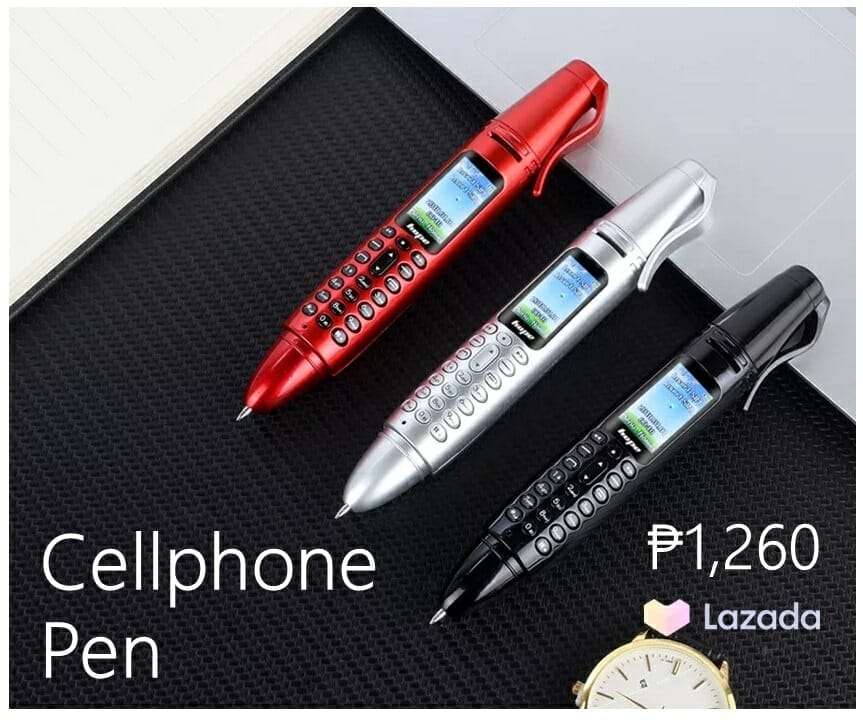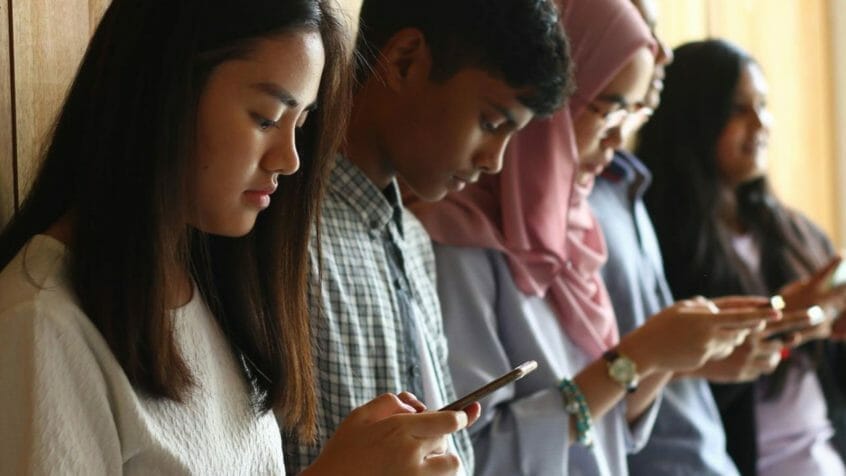Engineers and computer scientists from the University of Washington developed a mobile phone that doesn’t require any batteries. So how does it get its power, it harvests the few microwatts it needs from either ambient radio signals or light!
The team was even able to make Skype calls using their new invention, showing that the prototype that is made of commercial, off-the-shelf components is able to receive and transmit speech and communicate with a base station.
“We’ve built what we believe is the first functioning cellphone that consumes almost zero power,” said Shyam Gollakota, an associate professor in the Paul G. Allen School of Computer Science & Engineering at the UW and co-author of the project “To achieve the really, really low power consumption that you need to run a phone by harvesting energy from the environment, we had to fundamentally rethink how these devices are designed.”

Source: University of Washington
The team was able to eliminate a process that uses a lot of power in most modern cellular transmissions–converting analog signal sounds to digital signals so that the phone will be able to understand. This process is so power consuming that for a long time, it has been impossible to design a phone that can rely on only ambient power sources.
To compensate for this change, the battery-free phone takes advantage of tiny vibrations in a phone’s microphone or speaker that occurs when a person is communicating into a phone or when listening to a call. An antenna is connected to the components then converts the motion into changes in standard analog radio signal that is emitted by a cellular base station. This process involves encoding speech patterns in reflected radio signals in such a way that uses negligible amount of power.

Source: University of Washington
To transmit speech, the phone makes use of vibrations from the device’s microphone to encode speech patterns in the reflected signals. To receive speech, it will convert encoded radio signals into sound vibrations that are detected by the phone’s speaker. In the prototype device, the user will press a button to switch between the two modes.
“The cellphone is the device we depend on most today. So if there were one device you’d want to be able to use without batteries, it is the cellphone,” said faculty lead Joshua Smith, professor in both the Allen School and UW’s Department of Electrical Engineering. “The proof of concept we’ve developed is exciting today, and we think it could impact everyday devices in the future.”
The prototype has a power budget of 3.5 microwatts. The team demonstrated how to harvest this small amount of energy from two sources. It can operate on power that is gathered from ambient radio signals that is transmitted by a base station up to 31 feet. For the second source, it harvests from ambient light using a tiny solar cell that is around the size of a grain of rice.
The research team plans on improving the operating range and conversation encryption of the battery-free phone to make it secure. They are also developing on how to stream video over a battery-free phone, and add a display feature to the phone by using low-power e-ink screens.
Article Sources:













